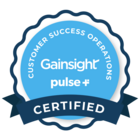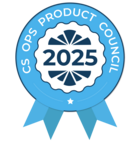Looking for recommendation on how to go about this:
Let’s say we have 6,000 email chain program participants sourced through query builder (2 objects merged)
We aim to divide them into six groups over six months, sending 1,000 emails each month (potentially dividing participants based on MRR)
We also require conditional wait for each email: if a link isn't clicked within 3 days, we'll send a reminder.
We know how to set up the conditional wait for one group but need guidance on segmenting participants and managing the batch distribution. Can this be done in just 1 program?



